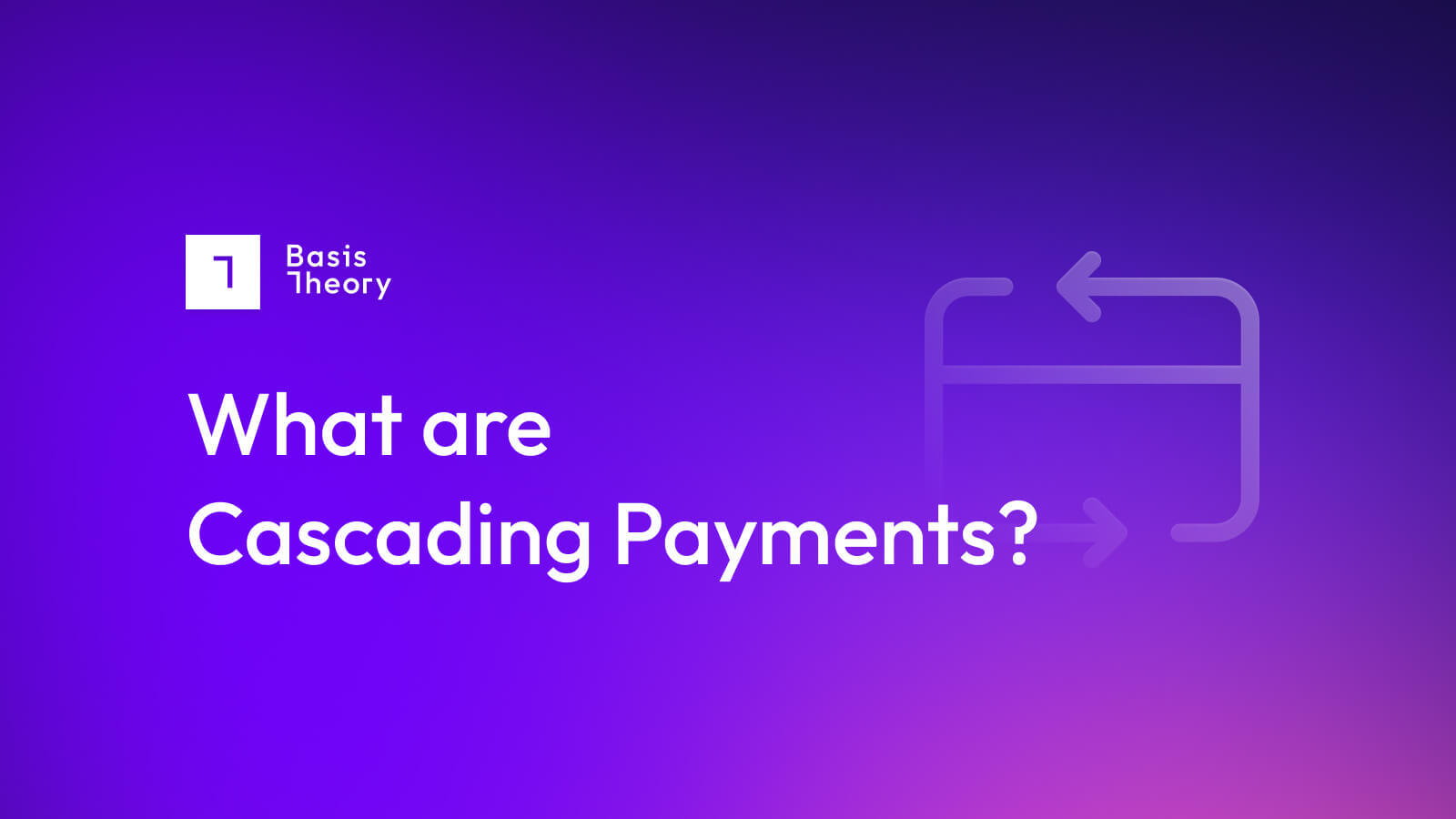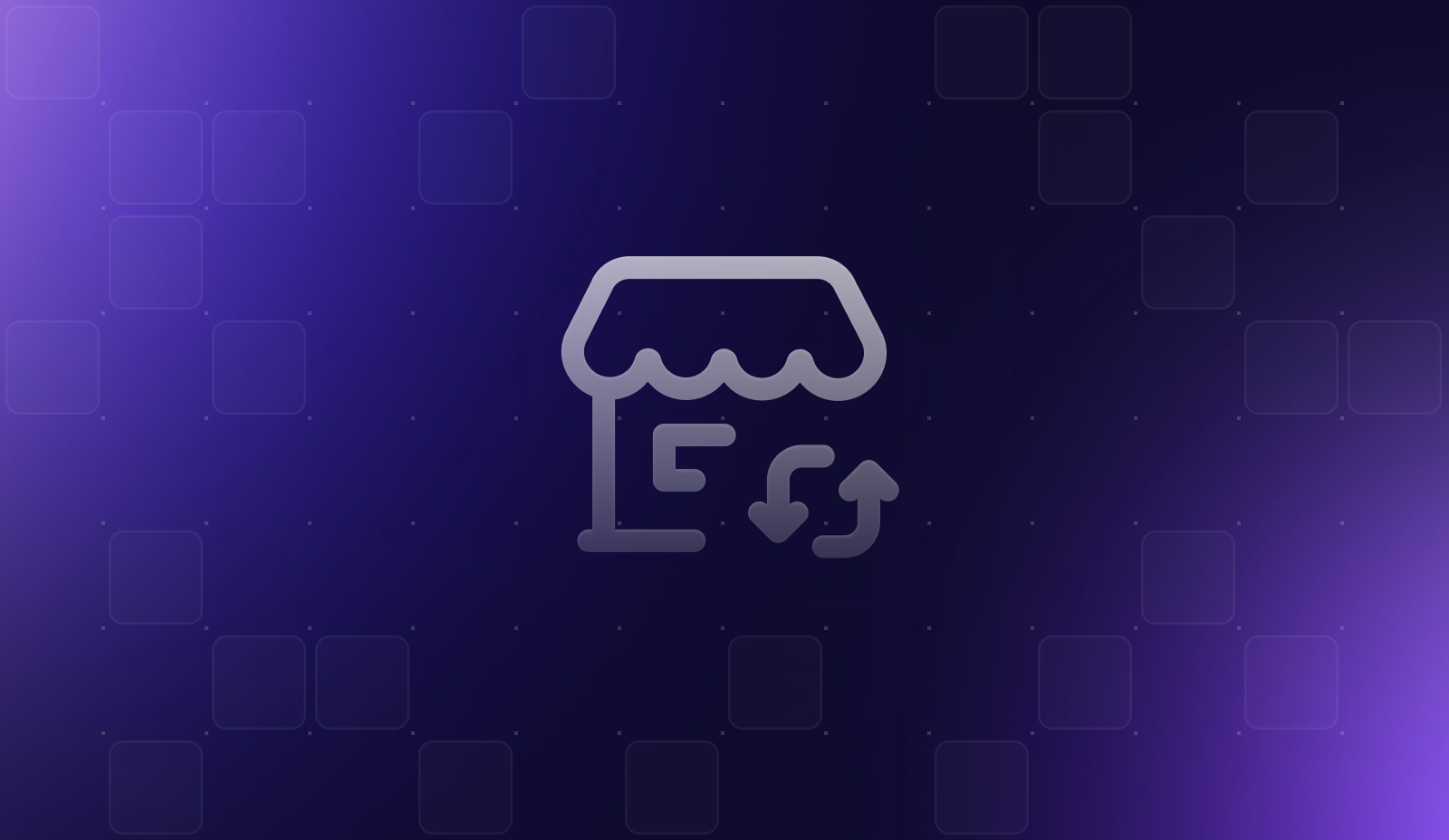How to meet all customers where they are? Omnichannel Payments

Customers have become accustomed to streamlined buying processes, regardless of how they are going about their shopping. Where once it was acceptable to have different processes in-store, in-app, and on a website, customers in 2025 find any kind of variability from channel to channel unsettling—and potentially an impediment to purchase.
While there are obvious strategies to make the checkout process more appealing (and successful) like adding alternative payment methods and accepting global currencies, aligning the experience across every channel the business operates within has become a critical focus for global merchants.
What are omnichannel payments?
Omnichannel payments are checkout processes that are consistent across all the channels a merchant operates within. In practical terms, this means making it easy for customers to buy, regardless of whether they are in a store, using an app on their smartphone, calling in to place an order, or interacting with a website.
Repeat customers expect to be recognized, and have stored payment methods surfaced when purchasing. The experience should be consistent, and come with only as much friction that’s needed. Key channels for modern merchants include:
- Physical stores for those merchants who combine brick-and-mortar with online.
- Smartphone apps for merchants who can impress customers sufficiently for them to download dedicated apps.
- Websites for merchants running online storefronts, whether self-built or based on VsaaS platforms like Shopify.
- Telephone for merchants who maintain a call center, customers can place orders by voice.
- QR codes are ideal for merchants who want to make it easy for customers to scan a code and pay with their mobile devices.
- Messaging for merchants who allow customers to make payments by way of email or SMS (text) message.
Consider implementing an omnichannel tokenization strategy as part of your payment strategy.
Benefits of Omnichannel Payments
We know that friction in the buying process impacts customer conversion rates—50% of customers will switch merchants for a better checkout process, and 41% will actually pay more for the same item for an easier experience.
Now that most consumers operate across channels—sometimes buying on their computer, other times with their smartphone—while even being in a physical store—friction can creep in when different channels offer varying levels of convenience. A poor app experience, for instance, can leave a bad taste in the mouth of a consumer who was content with the website process. By standardizing across channels, merchants can not only defend against consumer dissatisfaction but actually start to bleed customers from their less well-prepared competition.
Meanwhile, the business benefits of unifying the buying experience can be significant. Purchase activity being aggregated provides a more trustworthy picture of what customers are buying, and helps drive data-based upsell and cross-sell campaigns. Omnichannel payment for merchants can also encourage customers to explicitly allow their payment details to be stored and reused for repeat purchases, something that increases total lifetime customer value.
Challenges of Omnichannel Payments
An omnichannel payments process is necessarily a little more complex because a range of interfaces that may have been created and maintained separately must now be configured to share common capabilities. Perhaps more importantly, these payment methods must also have access to all the same shared information and data, creating potential challenges in securely connecting access between a range of systems.
Different dynamics are at play in different channels. Customers, for instance, may prefer to use digital wallet systems like Apple Pay or Google Pay when shopping on a smartphone, but favor the use of debit or credit cards when placing their order on computers. This drives a need for merchants to ensure they can direct transactions to the appropriate PSP partner by channel.
Seen from another perspective, customer payment data should exist as a core enabler, with the system selecting where to direct it on a dynamic basis, using the specifics of each transaction as its guide. Thus, the key challenges are to:
- Ensure secure, cross-channel availability of necessary payment information so that transactions can be smoothly enacted regardless of how the customer places them.
- Build a broad stable of payment gateway and/or PSP partners, ensuring transactions can be efficiently and cost-effectively completed, regardless of customer channel.
- Create a decisioning system that sits at the back end of all purchase processes, regardless of channel, to coordinate the delivery of stored customer information to the most beneficial processing end point.
Having a Programmable Payment Vault at the Core of an Omnichannel Payments System
Given the need to securely distribute customer data across all channels, using a programmable payment vault is a strong option: the vault securely collects and stores customer personally identifiable information (PII), and makes it available for the payments system to direct to the preferred payment end point.
In this way, the merchant does not need to build a PCI-DSS Level One-certified storage mechanism from scratch, nor worry that integration of that core system into a plethora of channel-specific transaction mechanisms will introduce security risks.
In addition, because credible third-party vault providers do not themselves offer payment gateway or PSP services, they have no vested interest in which payment providers the merchant may add or remove from their business. Instead, the merchant simply guards and provides programmatic access to customer data in support of the most economically positive outcome.
.png?width=365&height=122&name=BTLogo%20(1).png)



